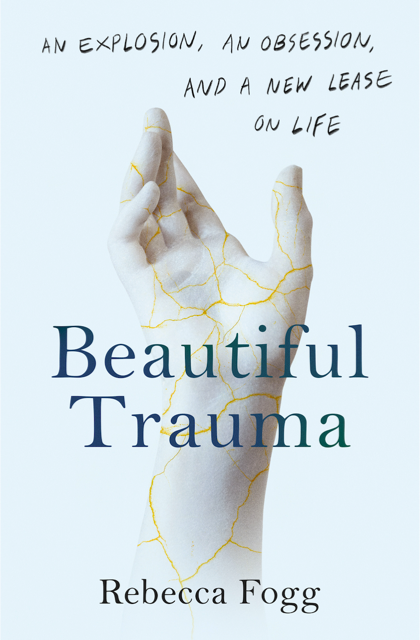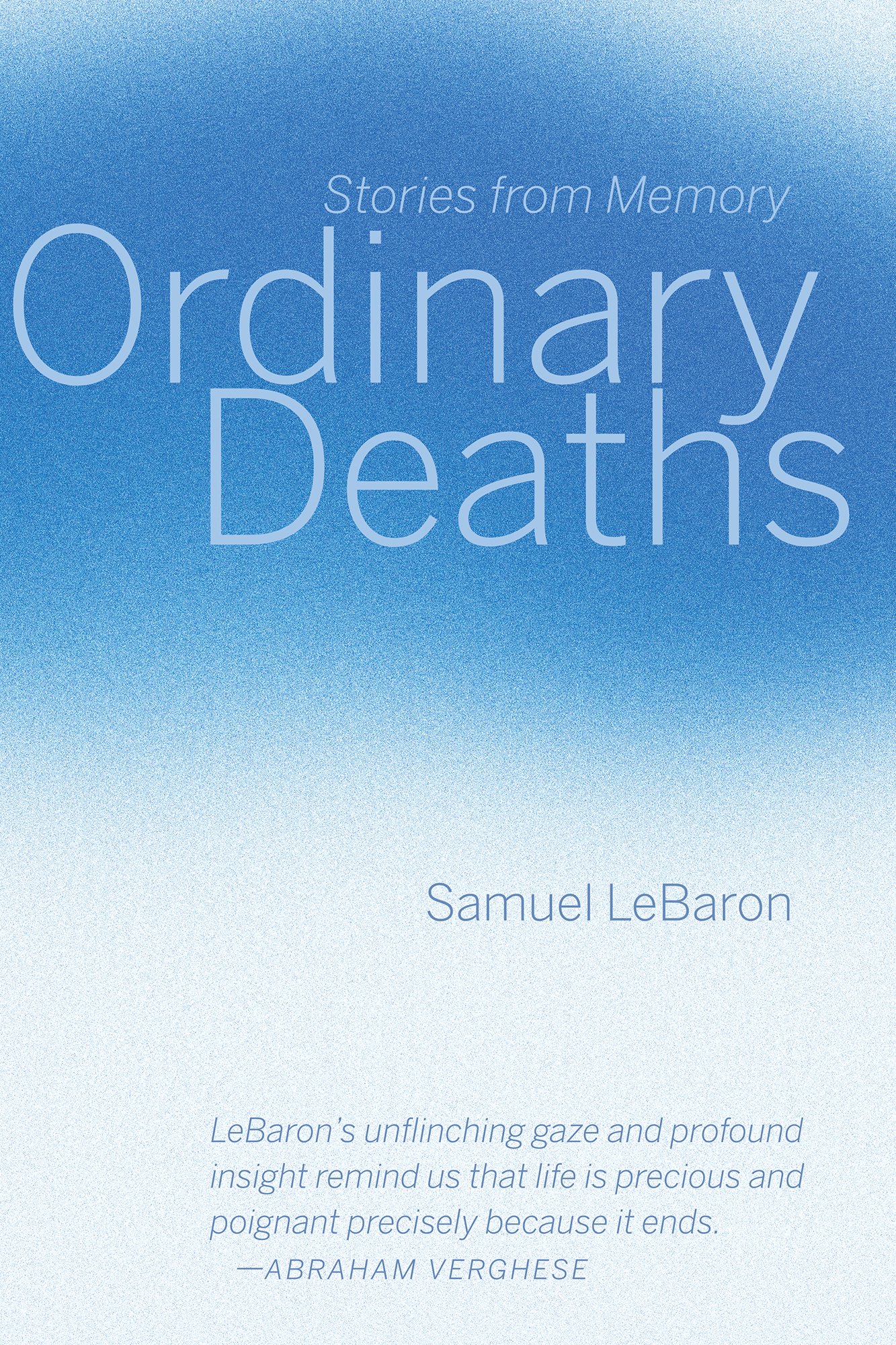In navigating this career of service, she regularly draws upon her resiliency to confront violence when caring for gunshot victims, responding to code blues, or de-escalating threatening patient behavior. Simultaneously, Dr. Harper impresses upon readers the extraordinary privileges of being a healer, as well as the difficulties of stewarding the distressing stories accompanying that role.
As Dr. Harper continues to meditate on her life’s milestones, including divorce, residency graduation and new leadership roles in the clinical world, she paints a sobering reality of her patients’ lives. In often invisible ways, society inflicts lasting and generational trauma that tends to be outside of individual control, especially for historically underserved populations. From the perspective of an African-American female physician, the author shares her reflections on heartbreaking interactions with young patients, like Gabriel and Jeremiah, both of whom she treats for head trauma:
“I suppose it’s a matter of faith whether or not we choose our starting ground before we’re born into this life. Some begin the journey on flat, grassy meadows and others at the base of a very steep mountain. One path, seemingly smooth, can make it nearly impossible for us to see the ditches and gullies along the way. The other, while painfully tough, can deliver what it promises: If you can navigate that path, you’ve developed the skills to scale Everest. It isn’t fair on many accounts; it simply is…All deserve the chance to speak and be heard and be touched. If we’re lucky, we’re touched at every station along the journey, and if nothing else, then at the end.” (137-138)
These carefully curated thoughts about her patient encounters challenge readers to critically think about the culture of blame and stigma towards those facing complex circumstances, an idea expressed succinctly by an ER social worker in the book: “When [people are] at war, the rules are different.” Dr. Harper highlights the continued ripple effects of systematic racial bias and other forms of discrimination in healthcare and beyond.
Still, the path to healing is complex. Dr. Harper herself claims no simple solution, knowing she has to navigate her own fraught path forward too. While contemplating reconciliation with her estranged father, she draws us in as readers interested in clinical encounters and how they may have an impact in our lives; she helps us understand the many complex ways patients offer invaluable wisdom too, if only providers choose to listen. In one interaction with a patient who is a veteran, Dr. Harper skillfully demonstrates how both she and the patient find liberation in acknowledging shared loss.
As an epidemiologist by training, I am reminded that there is always a human story behind the numbers. Narratives like Dr. Harper’s often transcend the limitations of quantitative metrics, such as incidence or rates, by offering a compassionate and instructive glimpse into the lives of those who are suffering. These stories raise important ethical questions about how we, as a medical and research community, should respond. In my professional and personal life, I hope to amplify these stories of oppression so they may be perceived at the same level of legitimacy as other forms of communication in order to spur organizational change.
The Beauty in Breaking is aptly titled, as the author/physician beautifully shows there is indeed beauty in the examination of the trauma one has experienced and struggled to overcome. Her storytelling brims with hope while contributing to a broader conversation about diversity and meaningful inclusion in medical training and beyond.—Brianna Cheng




















